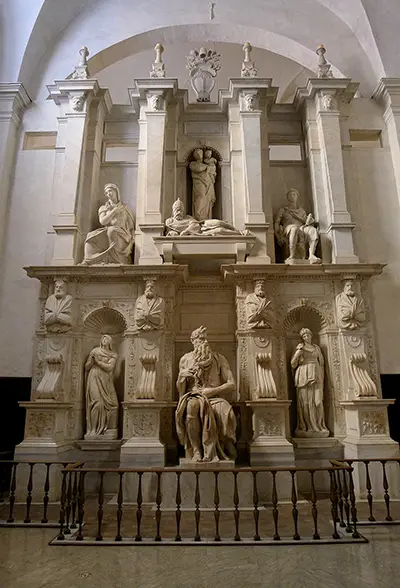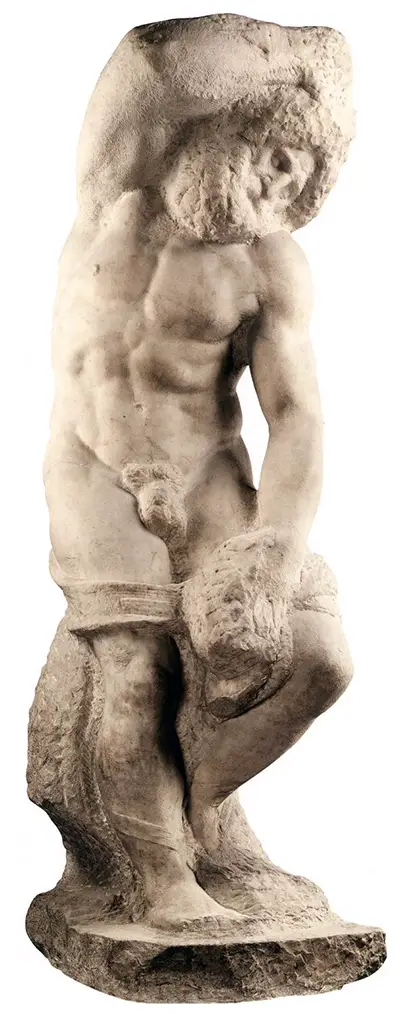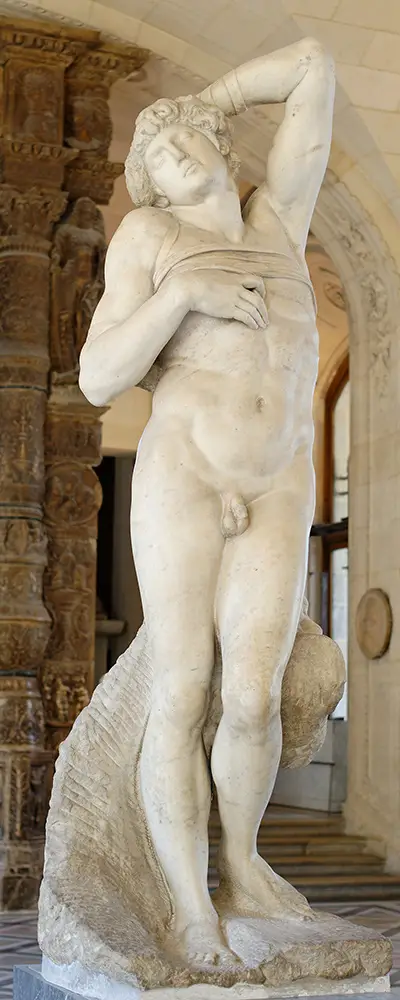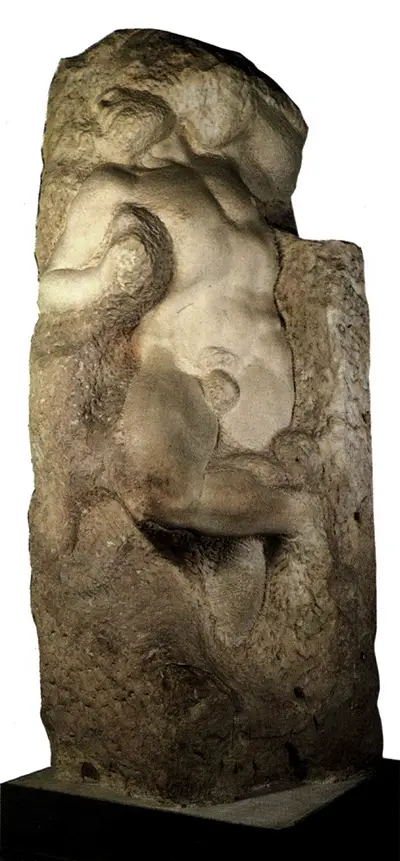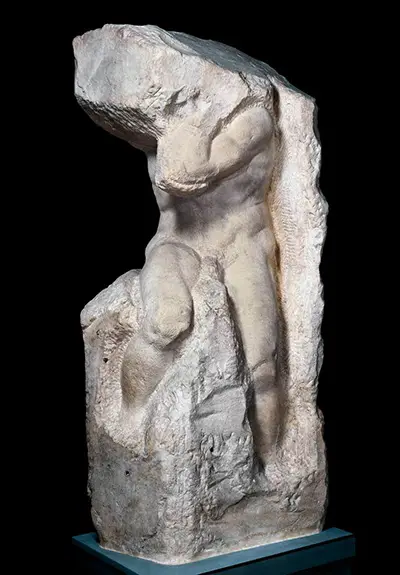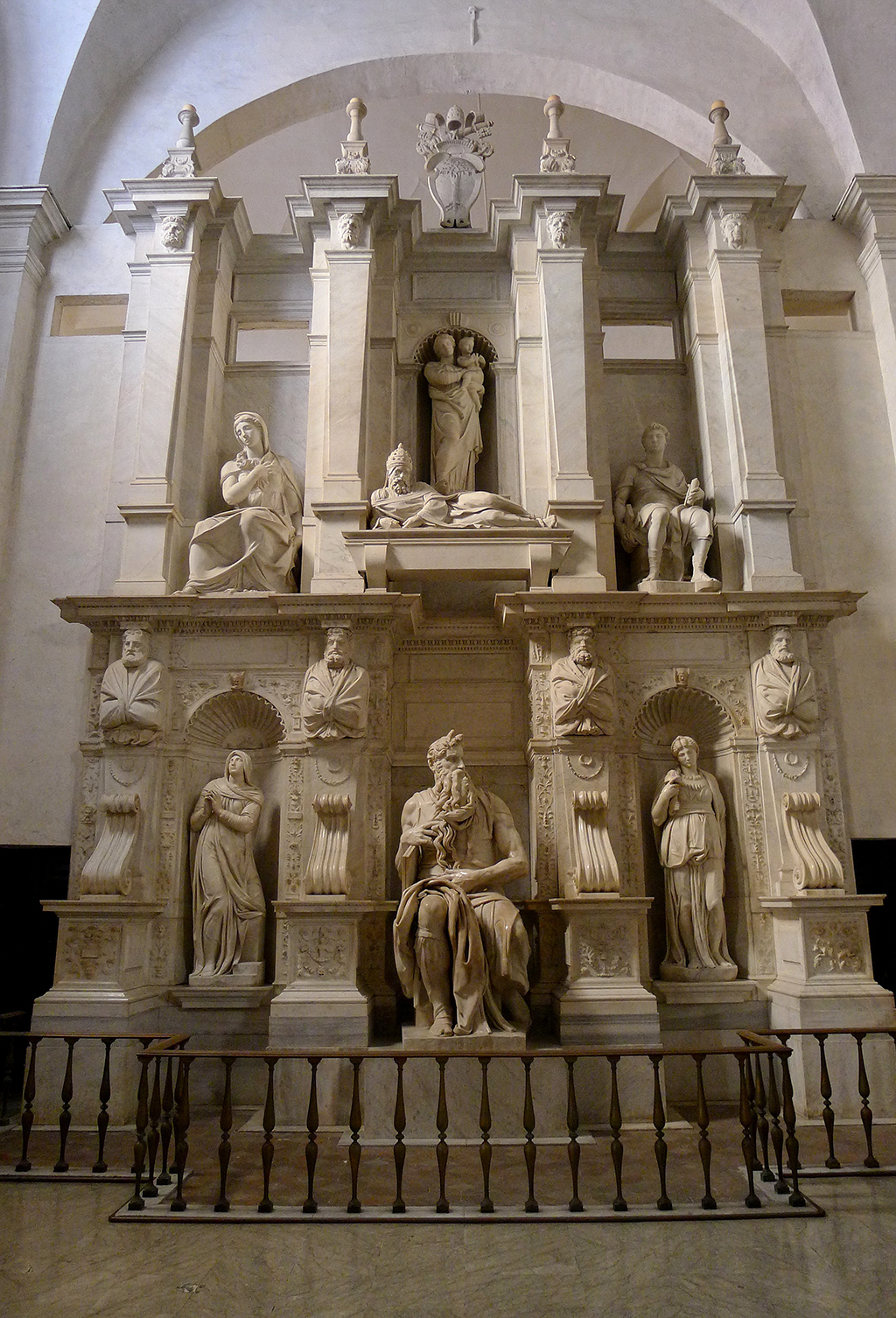The prominent nature of this series of work would ensure that plenty of evidence and documentation around it could be uncovered by those looking to understand his career in greater detail. He would also communicate with other major figures within Italian society at this time which left behind further information in the form of payment receipts, letters and also from views of other artists who became involved in helping out the great master.
One early example would be the 100 gold ducats which Michelangelo received from the Pope in February 1505 - this appears to have been an early payment to set the work in motion, but much more would be spent as things progressed. Furthermore, several letters have then helped us to draw an approximate timeline of the work, as well as the own artist's movements as political instabilites would impair his artistic progress.
Incredibly, forty years would pass between the initial commission being granted and then the final construction being completed and the project signed off. The main reason for this length of time was not the actual amount of work required, but more so to do with the continual changes to the design which slowed things down as Michelangelo would have to re-design elements whilst also working on a number of other projects at the same time.
It may also have been that the delay caused him to lose a little enthusiasm for this project, and so he naturally slowed his own productivity. To give a further indication about how things changed over time in terms of the direction given to the artist, he was forced into reworking the design in 1505, 1513, 1516, 1525/1526, 1532 and then finally in 1542. Any creative mind would struggle to constantly return to the same project in order to change elements of it, having already done so many times.
The photograph included here displays the main elements of the finished project. You will notice Moses sitting prominently and you may also recognise some of the other sculptures found here, all of which were designed and put together by Michelangelo, with the help of his team of assistants. The original design produced in 1505 was much grander and more dynamic than the reduced scope of 1542, at which point pragmatism appeared to have kicked in and the focus started to move towards making sure the overall piece was finally completed and that this protracted project was finally brought to a conclusion. Intially, this decorative front was to be installed at St Peter's Basilica, but this was later changed and it ended up in the Church of San Pietro in Vincoli in Rome, shortly after the Pope's death. Ultimately, Julius II would end up being buried at the originally intended venue, meaning this beautiful construction does not actually serve as a tomb at all.
Michelangelo's Sculptures within the Tomb of Pope Julius II
The work that was completed for the tomb was so considerable that we have separated the different sculptures and provided information on each of them one by one. Find below a selection of some of the notable pieces to be found here, and understand how each one fits into the overall project. There is also a general sculptures section which draws together all of his works in this medium together and provides an insight into his development over the full length of his career, as well as touching on some of the different tutors who helped set him on the right direction, as well as masters from the past whose work he would study and copy time after time.
